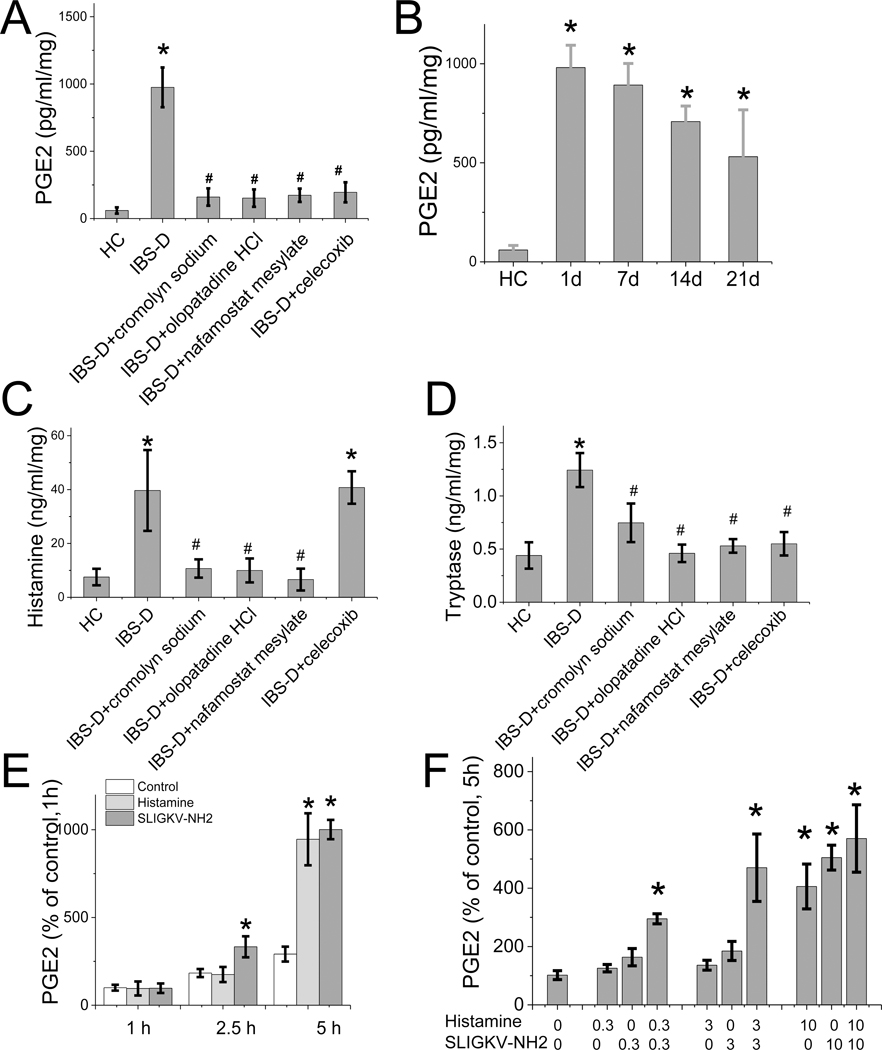Figure 3. Proinflammatory mediators released from rat colonic tissue after intracolonic administration of IBS-D or HC mucosal supernatants.
(A) The release of PGE2 from colonic mucosa of rats treated with HC or IBS-D mucosal supernatant with and without pretreatment (30 min before colonic infusion) with cromolyn sodium (n = 5), olopatadine HCl (n = 4), nafamostat mesylate (n = 4), or celecoxib (n = 5). Results are expressed as mean ± SEM, *P < 0.05 from HC, #P < 0.05 from IBS-D, ANOVA followed with Bonferroni post-hoc test. (B) Release of PGE2 from rat colonic tissue 1, 7, 14, and 21 days after single intracolonic administration of mucosal supernatant from IBS-D patients or HC (n = 3–6 for each data point). Results are expressed as mean ± SEM, *P < 0.05 from HC, ANOVA followed with Bonferroni post-hoc test. (C) Release of histamine from rat colonic tissue treated with intracolonic infusion of IBS-D or HC colonic supernatant with and without pretreatment (30 min before colonic infusion) with cromolyn sodium (n = 4), olopatadine HCl (n = 4), nafamostat mesylate (n = 4), and celecoxib (n = 5), *P < 0.05 from HC, #P < 0.05 from IBS-D, ANOVA followed with Bonferroni post-hoc test. (D) Release of tryptase from rat colonic mucosa after similar treatment outlined in (C). Results are expressed as mean ± SEM, *P < 0.05 from HC, #P < 0.05 from IBS-D, ANOVA followed with Bonferroni post-hoc test. (E) In vitro studies using isolated rat colonic MC showed that the release of PGE2 stimulated by histamine (10 μM, n = 4) and PAR2 receptor agonist SLIGKV-NH2 (10 μg/mL, n = 6) was significantly elevated at 5 h of stimulation, compared to PGE2 levels in non-stimulated conditions (n = 5). Results are expressed as mean ± SEM, *P < 0.05, ANOVA followed with Bonferroni post-hoc test. (F) At 5 h, the release of PGE2 stimulated by low doses of histamine (0.3 and 3 μM, n = 4) and PAR2 receptor agonist SLIGKV-NH2 (0.3 and 3 μg/mL, n = 4) shows the potentiation between histamine and PAR2 receptor agonist on PGE2 release (*P < 0.05 compared to levels of PGE2 in non-stimulated conditions) (n = 4). Results are expressed as mean ± SEM, *P < 0.05, ANOVA followed with Bonferroni post-hoc test.

